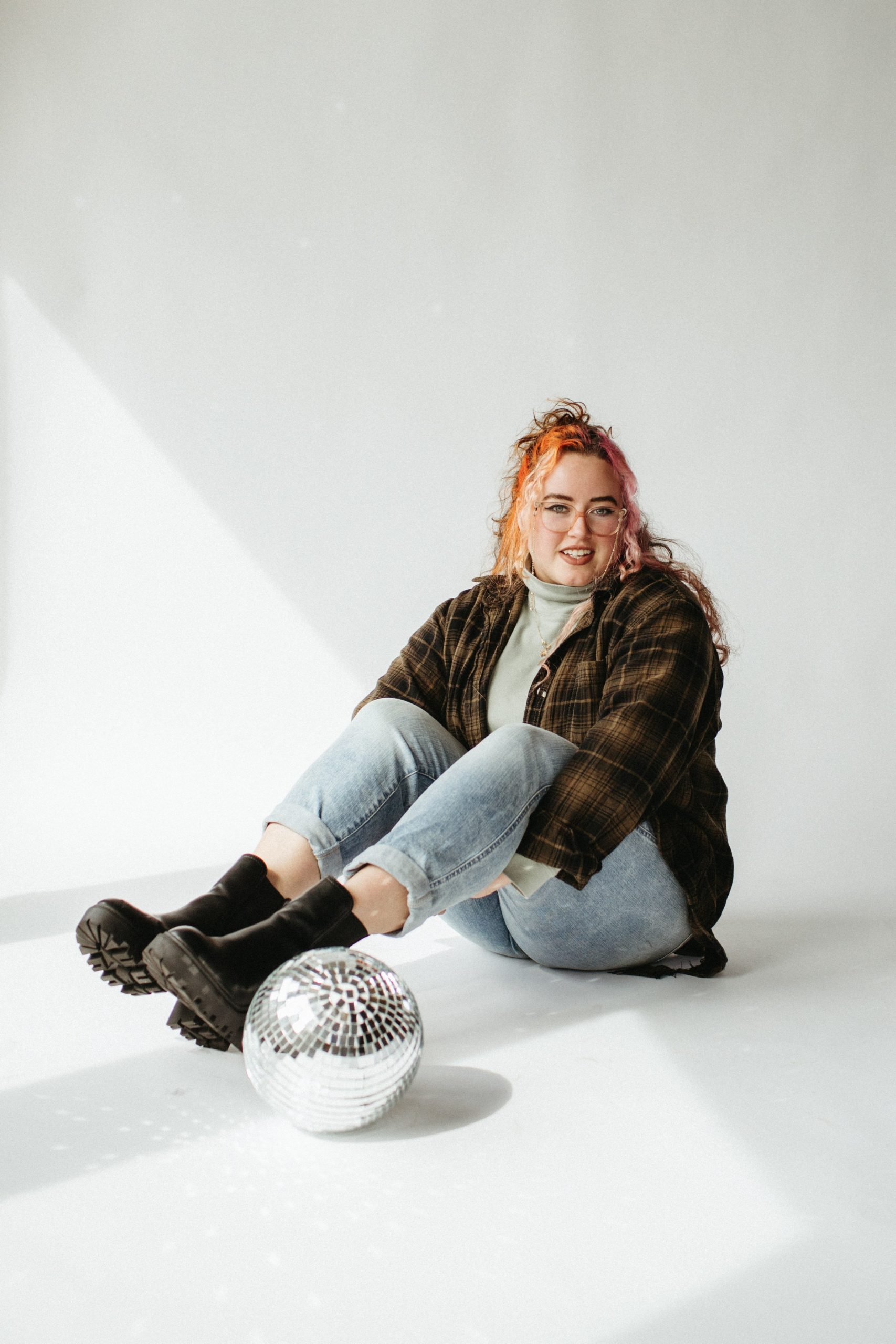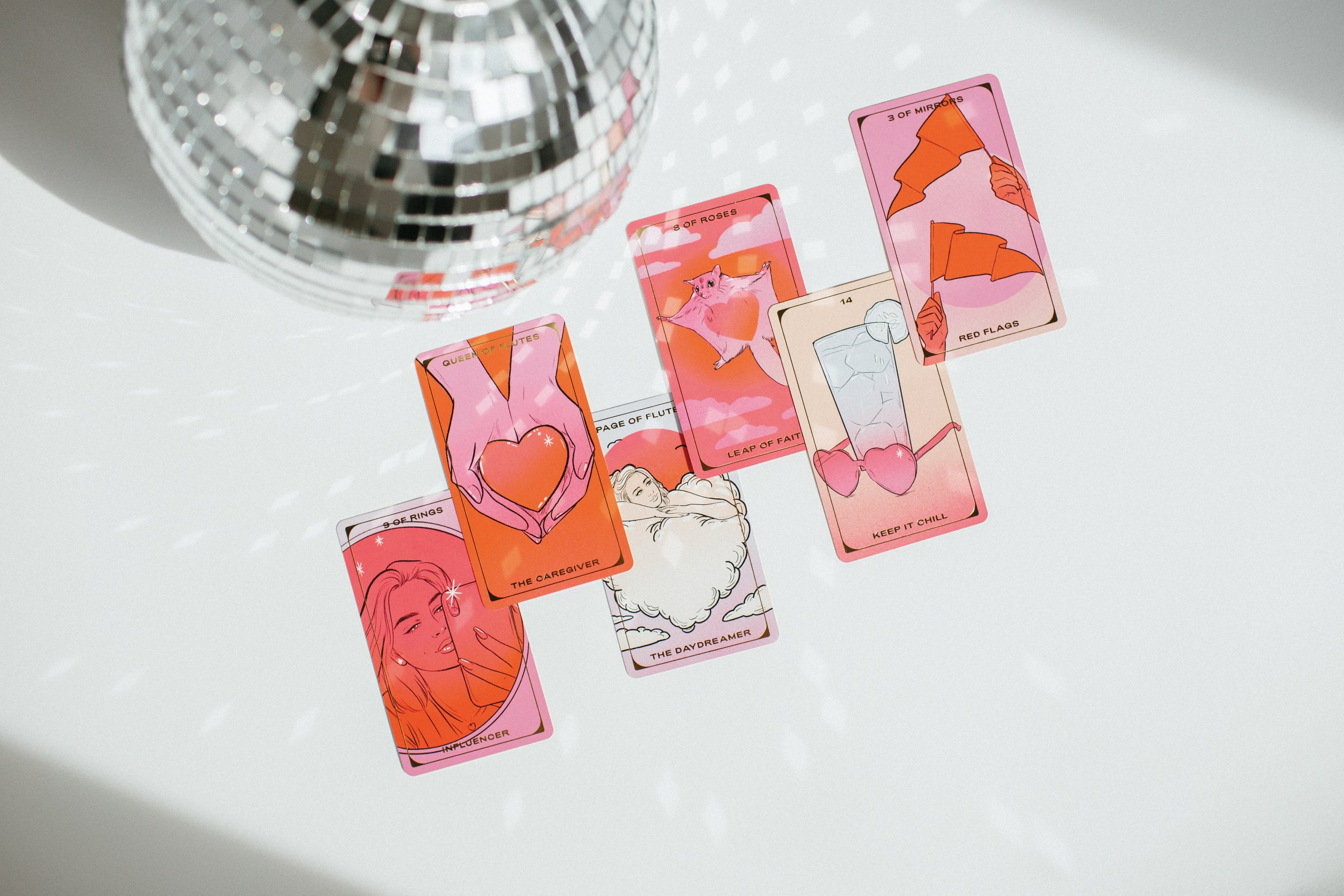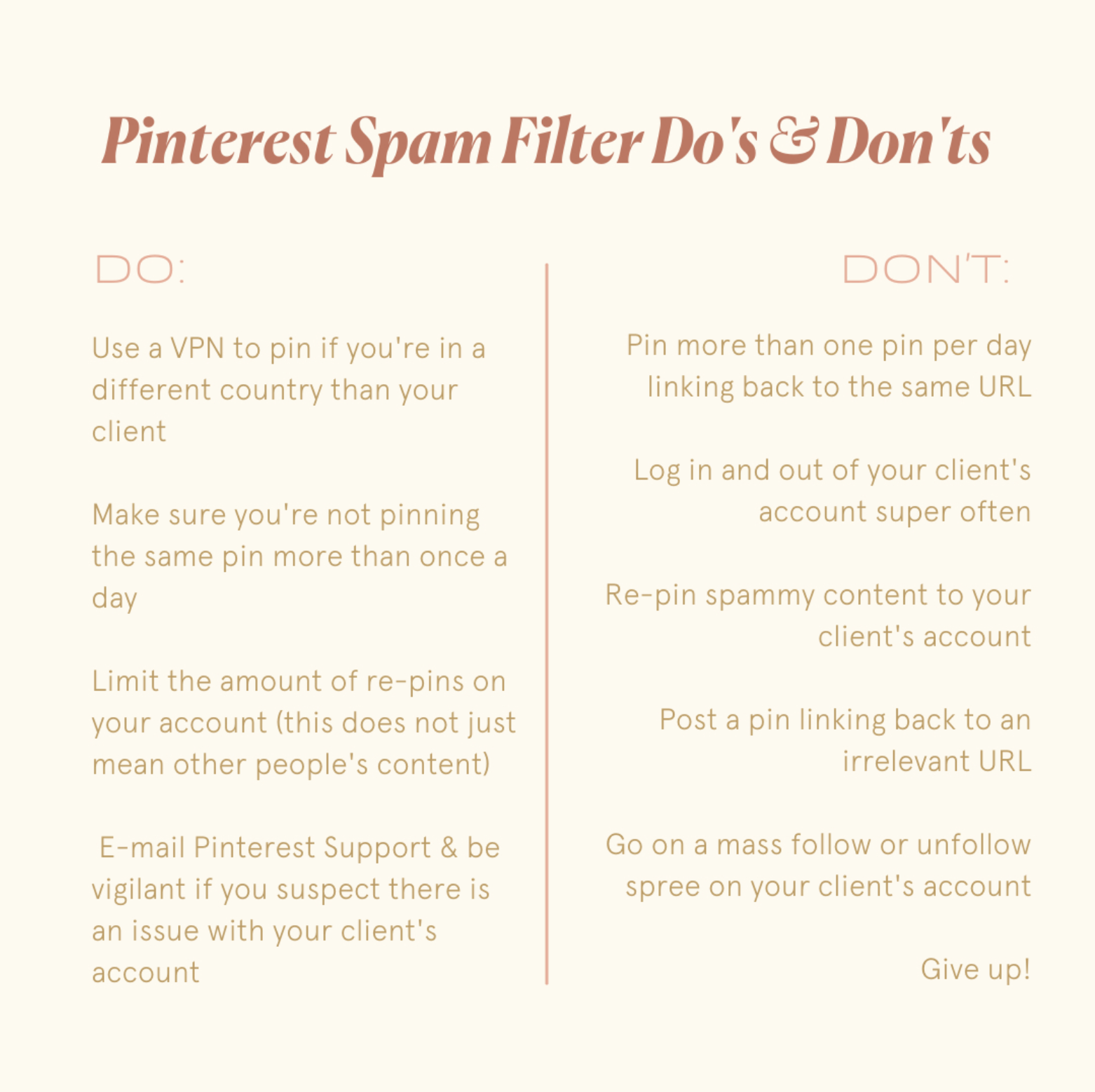Blog

August 6, 2022
Want to Steal My Pinterest Marketing Strategy?
Are you ready to finally see growth on your client’s Pinterest? Tired of trying something new every month, only to have the same results every time? I get it. Seeing those analytics flat-line, or even dip, is super discouraging. I’ve spent the last year refining my Pinterest strategy. With each of my clients, I learned something new and implemented it. I’ve taken numerous courses, and spent hours reading through blogs and posts about Pinterest strategy. I’ve finally gotten to a place where I am super confident with my strategy, and now I want to share it with you! Grab a pen and paper or your Notes app, because you’re going to want to save this information!
1. Determine your Pinterest-Specific Marketing Goal
Are you selling services, products, wanting to expand your audience, or even looking to diversify your entire marketing strategy? No matter what your goal is, knowing how to leverage Pinterest trends and best practices (like staying out of the spam filter) will help you get the most out of your Pinterest strategy. Figuring out your goal will help you determine how often you need to be posting. While post times aren’t the only important aspect of your Pinterest strategy, they are super important to give you a framework to start. If you’re looking for quicker growth selling products online, you’ll want to post more fresh pins daily. If you’re ok with taking it slow at first and want to get yourself in front of fresh eyes on a new platform, posting less to start is fine. For most clients, I post at least 4 times per day!
2. Decide How your Content will Look
After you’ve determined your ultimate goal and how often you’ll be posting to Pinterest, it’s time to think about visuals. After all, Pinterest is THE visual search engine, so graphics are very important here! Start brainstorming about what you want your content to look like. Some questions you can ask yourself are: Do I have a brand guide? Do I want to use templates? Do I want to make my own templates or purchase them from someone else? I recommend using templates, whether you make them yourself or purchase them from somewhere, like Creative Market. When I work with a client, I create around 20 branded templates so I always have something to pull from!
3. Formatting Your Content for Pinterest
Pinterest offers several different format options. From Idea pins, to carousel, to static pins, and video pins. What type of format will you focus on? I recommend trying every format as you’re first getting started, to see what works best for your brand, your profile, and your audience. Over time, you’ll see what formats work best for your account! Usually, I post a combination of fresh static pins, video pins, and 1-2 idea pins each week.
4. Choose a Goal for Your Post
Alright, are you ready to begin posting? Before you publish any fresh pins, it’s important to consider what the goal of each post is. A blog post pin might be used to drive traffic to your website. On the other hand, a product pin may drive sales and a meme pin could be used to grow your community and attract more leads. Try to focus on balancing these different types of posts and goals every week.
5. Your Pinterest Content Pillars
At some point, I’m sure you’ve come across the term “content pillars” in relation to Instagram, but did you know that content pillars are relevant to Pinterest as well? I typically create at least three different content pillars per client, and use all of them weekly! Here’s a quick refresher, just in case you can’t remember what they are: You create content pillars based on different types of content (like what we talked about in number 4). For example, one pillar could be a product feature, one may be a blog feature, one may be an infographic, and one may be educational, a tip, or DIY. It totally depends on what you’re selling (back in number 1)!
Need Some Extra Help?
If you’re starting to get an understanding for Pinterest, and the incredible growth you can experience within your business after implementing a Pinterest strategy, you can hire me as your Pinterest manager here! Or, if you’re looking for one-time assistance with set-up and getting your Pinterest Business account started, I also offer Done in a Day Pinterest Strategy Sessions here!

August 6, 2022
Honestly, I’m more inclined to say, “The real question should be who can’t benefit from Pinterest marketing,” but even that is way too easy because (almost) EVERYONE can benefit from Pinterest marketing! Let’s go over some of the ways that practically every type of business can use Pinterest in their 2022 marketing strategy.
Photographers
Whether you’re a wedding photographer, a lifestyle photographer, or a portrait/branding/product/food/[fill in the blank] photographer, Pinterest will be your best FREE method to drive traffic back to your website or portfolio. Since Pinterest is a visual search engine, users are usually looking for beautiful images, which are totally in your wheelhouse! Focus on fresh static pins to direct traffic to your site, and add a few idea pins per week, highlighting recent sessions, to drive Pinterest account growth and website referrals!
Product-Based Businesses
No matter what you’re selling, whether it’s clothing, prints, or polymer clay earrings, your audience is on Pinterest. 85% of Pinterest users have made a purchase on or through the platform. If you’re not already on Pinterest, you are missing out on so many valuable potential customers! For long-term growth, I recommend fresh content on your website via a blog so that you can reel people in with more than just product shots and rich pins. As a product-based business, you may write blogs about the creative process or create gift guides that include your products in them! Focus on rich pins, static pins, and idea pins to experience well-rounded Pinterest growth.
Pinterest is an evergreen marketing strategy, so the moment you start putting your products on the platform is the moment that they exist on the platform forever. Depending on what keywords you use and how thoroughly you do your keyword research, pins from this year could continue driving traffic to your shop for YEARS as those keywords ebb in and out of relevancy.
Service-Based Businesses (Copywriters, Brand Designers, Chefs, etc.)
Just because you’re not marketing a tangible item doesn’t mean you shouldn’t include Pinterest in your marketing strategy! Contrary to popular belief, you don’t HAVE to have a plethora of images or products to be successful on Pinterest. In fact, you may have an advantage over product-based businesses here because you have plenty of blogging material! Even if you don’t have a blog yet, start by repurposing your Instagram posts into blog posts, and resize Instagram graphics into Pinterest static or idea pins. Once you have some momentum, additional blog topics will come naturally!
At the end of the day, Pinterest is an amazing way to drive traffic to your website and get people’s eyes on your services. If you’re struggling to sell yourself on Instagram, I suggest giving Pinterest a shot. It’s a great way to generate leads and add people to your e-mail list.
Need Some Guidance, or Not Sure Where to Start?
If you’re looking for some guidance on how to get started with the best Pinterest strategy for your business, my Done in a Day Pinterest service was made for you! You’ll receive 10 branded Pinterest templates and pin descriptions, 15 blog ideas, one week of Voxer support after, and a keyword research sheet. Click here to learn more and here to sign up! Already have a Pinterest account but don’t have time to maintain it? Check out my Monthly Account Management to drive traffic to your website while you sleep!

August 6, 2022
There were SO many BIG changes to the Pinterest algorithm in 2021. From changing the way that Pinterest calculated and showed us our analytics, to the heavy push toward idea pins and away from re-pins. 2021 forced all of us to rethink our Pinterest strategies and find new roads to success.
I’m sure there will be even more changes in 2022 (hopefully not quite as dramatic) but if this is the first time you’re coming across any Pinterest algorithm update information, buckle up.
Analytics Shift
Before 2020, Pinterest analytics were a bit deceiving. Pinterest calculated statistics like monthly viewers, impressions, outbound clicks, etc. based on the reach and outbound traffic from ALL of the pins on your profile.
This means that your analytics numbers were based on pins that you created, and ALL of the pins from across the internet that you’ve ever repinned. As I’m sure you can imagine, this created an extremely inflated set of analytics.
Now, Pinterest analytics ONLY tracks the analytics of your original content. While this may seem like it’s a negative algorithm change, it’s actually incredibly helpful. Sure, everyone’s analytics took a MASSIVE dip after the change, but now your Pinterest analytics provide you with a super accurate idea of how much traffic you’re driving to YOUR website, and which content is performing best.
Idea Pins, Story Pins, Whatever You Want to Call Them
Story pins, idea pins, you know what I’m talking about! This feature changed names TWICE in one year, and I’m sure a new name will be released for 2022 (I’m only kind of kidding, lol). Idea pins were a beta feature in 2020; however, most accounts didn’t even have the feature until mid-2021.
THAT’S when the real Idea Pin algorithm shift happened. After Idea Pins were introduced to the public, the Pinterest algorithm started heavily favoring them. Then, “takes” were rolled out in the fall and unless you had them switched “on,” your idea pins probably started tanking! Talk about a confusing turn of events. Since then, things have cooled off quite a bit, but idea pins are still EXTRA important.
Re-Pins are BAD
This algorithm shift was probably the hardest one to cope with for a lot of Pinterest creators! Pinterest has always been a place to re-share ideas, and then contribute some new ones here and there.
Most of us were using strategies in which we would pin the same pin to multiple boards, or re-share just as much content (if not more) from Tailwind communities than we would our own original content. However, we now KNOW that Pinterest absolutely favors fresh content, and new Pinterest strategies have come out to accommodate this adjustment.
That’s All for Now!
To be honest, this post only scratches the surface because there are quite a few other algorithm changes that have happened this year. As a Pinterest manager and Pinterest coach, I strive to stay up-to-date on the newest trends and changes on Pinterest so that I can better serve my clients and students. Want to stay current on Pinterest trends and algorithm changes in 2022? Sign up for my email list here and receive Pinterest tips and updates delivered to your inbox weekly!

November 5, 2021
Have you heard of the Pinterest spam filter? If you’re a Pinterest manager or someone that markets their business online, then the answer is more than likely “yes!” And it’s such a pain isn’t it? You’re just minding your own business, posting your regularly scheduled content and BAM your impression drop to nearly zero out of nowhere! Where did you go wrong? Why did this happen? How can you fix it? Keep reading to find out!
What is the Pinterest Spam Filter?
The Pinterest spam filter is exactly what it sounds like—a spam filter. It does its’ best to keep all of the bots, fake accounts, and scammers off of Pinterest. Recently, Pinterest altered their spam filter to be a LOT more strict. So now, it’s way easier to get caught up in it even if you aren’t a fake account or a spammer.
What can I do to avoid it?
There are a ton of ways that you can avoid the spam filter! Here are my top 5 tips:
-
If you’re working with someone that is in a different country, be sure that you are posting for them with a VPN. It can appear pretty suspicious if an account that claims to be a business in Australia is “pinning” on a daily basis from halfway across the world in the UK! I personally do NOT work with anyone outside of the US, so I haven’t had to do this; however, if you are someone that works with people outside of your country, a simple google search will help you get one set up!
-
Don’t post to the same URL more than once per day if you’re trying to avoid the Pinterest spam filter! Much like pinning the same exact pin over and over again to one board multiple days in a row, pinning to the same URL more than once per day can also get your account flagged. If you’re an older more established account, it’s okay to post pins that refer back to the same URL every day of the week; however, if you’re a newer account, it is recommended that you post pins that refer back to the same URL every other day maximum.
-
Pro-tip: You can make sure that none of your pins that link back to the same URL are posted on the same day by utilizing the Interval scheduler.
-
Pro-tip #2: If you have a ton of blog content back-logged, use this new rule as a way to put out more diverse content each week. For one of my client accounts, I’ll create one new blog post per week. Then I will pin referring back to that URL M, W, F, & SN + another blog post that same day. On T, TR, & SA I will schedule pins referring back to 2 different URLs and so on. This way I will have at least 2 fresh pins going out per day on her account.
-
-
Don’t use hashtags. Pinterest has said themselves that they do NOT like hashtags anymore and that there is NO benefit to using them on the platform. If you do use them, this could contribute to a spam flag on your account!
-
Limit the amount of re-pins on your account. This doesn’t just mean other people’s content either! Did you know that every time you schedule a pin to more than one board or all relevant boards, every time it is posted after it posts to that first board, it is considered a re-pin? If you didn’t, now you do! So instead of scheduling the same pins over and over again, try pinning more fresh content.
-
Pro-tip: Per Levee Road studio’s Schedule Smarter course (I highly recommend investing in it), you can make one pin design register as a “fresh” pin after posting it to the first board by editing your design in Tailwind or altering the design slightly so that it appears to be a NEW image within Pinterest’s algorithm. This way, you don’t have to create 40 fresh pins a week, you can create 7 (one per day) and create duplicates of the design that are slightly altered or cropped to pin to other relevant boards. Depending on the amount of relevant boards you choose to schedule these 7 pins out to, you could be pinning up to 70 fresh pins a week with 7 pin designs!
-
-
If you find that you ARE caught up in the spam filter, get in touch with Pinterest support. E-mail support about the account you suspect is caught in the spam filter and keep pestering them until you get a response from a HUMAN. They will typically work with you once they realize that you are, in fact, not a bot!
Thanks so much for reading and I hope that these tips have helped you feel a bit better about getting caught up in the Pinterest spam filter! It doesn’t have to be the end of the world and it IS a solvable & avoidable problem. If you don’t have time to care or learn about all of this pinning non-sense but you still want to market you business on Pinterest, you’re more than welcome to outsource that task to me! If you want to hire me as your Pinterest manager, click here to fill out a client application!
Want Pinterest tips and updates weekly? Click here to follow me on Instagram. And keep an eye out for my HUGE Black Friday sale on Pinterest 1:1 coaching, my “How to Become a Pinterest EXPERT” Workbook, and strategy calls. Coming soon!